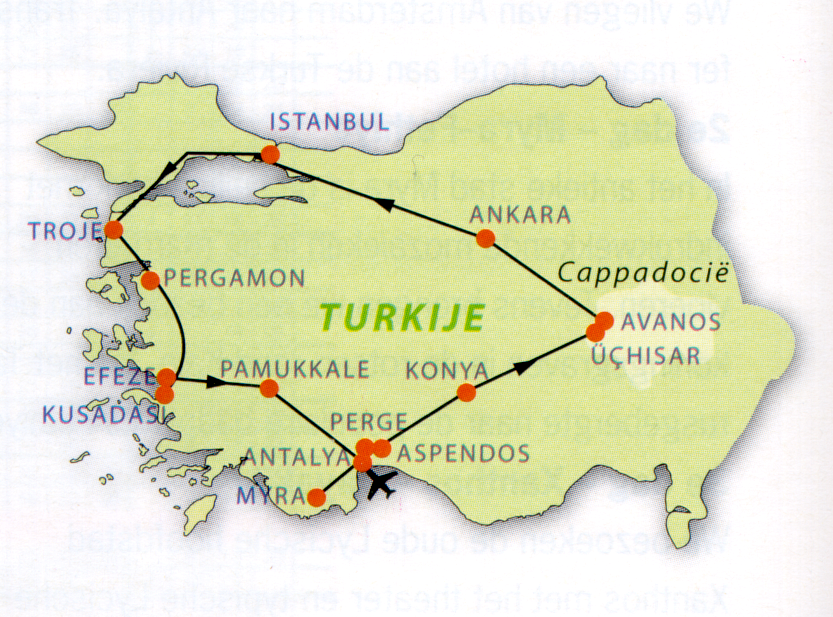There is evidence of human occupation in Gortyn as far back as the Neolithic era (7000 BC). Many artifacts have been found from the Minoan period, as well as some from the Dorian (circa 1100 BC). Although it is disputed whether the city was in development during the Minoan period, it is true that the city was in existence during the heroic times, because it is referenced by Homer, among the cities of Crete that were flourishing and were well fortified. The city was complimented by Plato and many others. The city of Gortyn surpassed the prominence of Phaistos during the first millennium BC, Phaistos having been the most significant city on Crete during Minoan times. The period of its great prosperity, however, coincided with the Hellenistic era. Gortyn was the most powerful and prosperous city of Crete and took hegemony of the island, dominating the entire valley from Messara to Levina and, later in the 2nd century after the destruction of Phaistos, extended its power to Matala.
Gortyn had excellent relations with Ptolemy IV of Egypt, and experienced a new period of prosperity during the Roman period. As it had allied with the Romans, it avoided the disaster that happened to many other Cretan cities, when invaded by Quintus Caecilius Metellus Creticus in 68 BC. Gortyn continued to rise under Roman rule, and became the capital of the joint province of Creta et Cyrenaica. From the 4th century it was the capital of a separate province of Crete. The city was destroyed in ca. AD 828 by invading Arabs, who established their own state on the island. One of the first Christian temples was built here and the remains of an important Christian cathedral of Crete can still be seen today. This cathedral, dedicated to St. Titus, the first Bishop of Crete, was erected in the 6th century AD. Built with large isodomic stones, this cathedral keeps its intended height only in the areas of the Holy Bema and in pastophoria. The church structure is a cruciform with a dome which is based on four pillars. Excavations of Gortyn were begun in 1884 by the Italian School of Archaeology at Athens. The excavations showed that Gortyn was inhabited from the Neolithic age. Ruins of a settlement on the citadel of Gortyn, were discovered and dated back to 1050 BC, their collapse dating to the seventh century BC. Later the area was fortified with a wall. At the top of the hill in the citadel a temple was found dating to the 7th century BC. In this area two embossed plates were found, along with several other sculptures and paintings. Daedalic plastic and many other clay figurines, black and red figure paintings and plenty of pottery, especially the type called kernos, were found in the temple. Graves dating to the geometric age were found on the south side of the citadel. Regarding the lower town, the excavation uncovered the position of the Agora (market) and the temple of Pythian Apollo, which is 600 meters from the Agora. At the foot of Prophet Elias are traces of a sanctuary of Demeter. 35°3′48″N 24°56′49″E
The heart of Roman Gortyn is the Praetorium, the seat of the Roman Governor of Crete. The Praetorium was built in the 1st century AD, but it was altered significantly over the next eight centuries. In the same area, between the Agora and the temple of Apollo are the ruins of the Roman baths (thermae), as well as the temple of Apollo, an honorary arch, and the temple of the Egyptian deities with the worship statues of Isis, Serapis and Anubis. Parts of the Roman settlement, such as the theater (2nd century AD), have been unearthed during excavations. The theater has two entrances and a half-circular orchestra, the outline of which may still be seen today. Behind the Roman Theater are what has been called the “Queen of the Inscriptions”. These inscriptions are the laws of the city of Gortyn, which are inscribed in the Dorian dialect on large stone slabs and are still plainly visible.
1983 Praktika XL, Agfa slides, postcards










